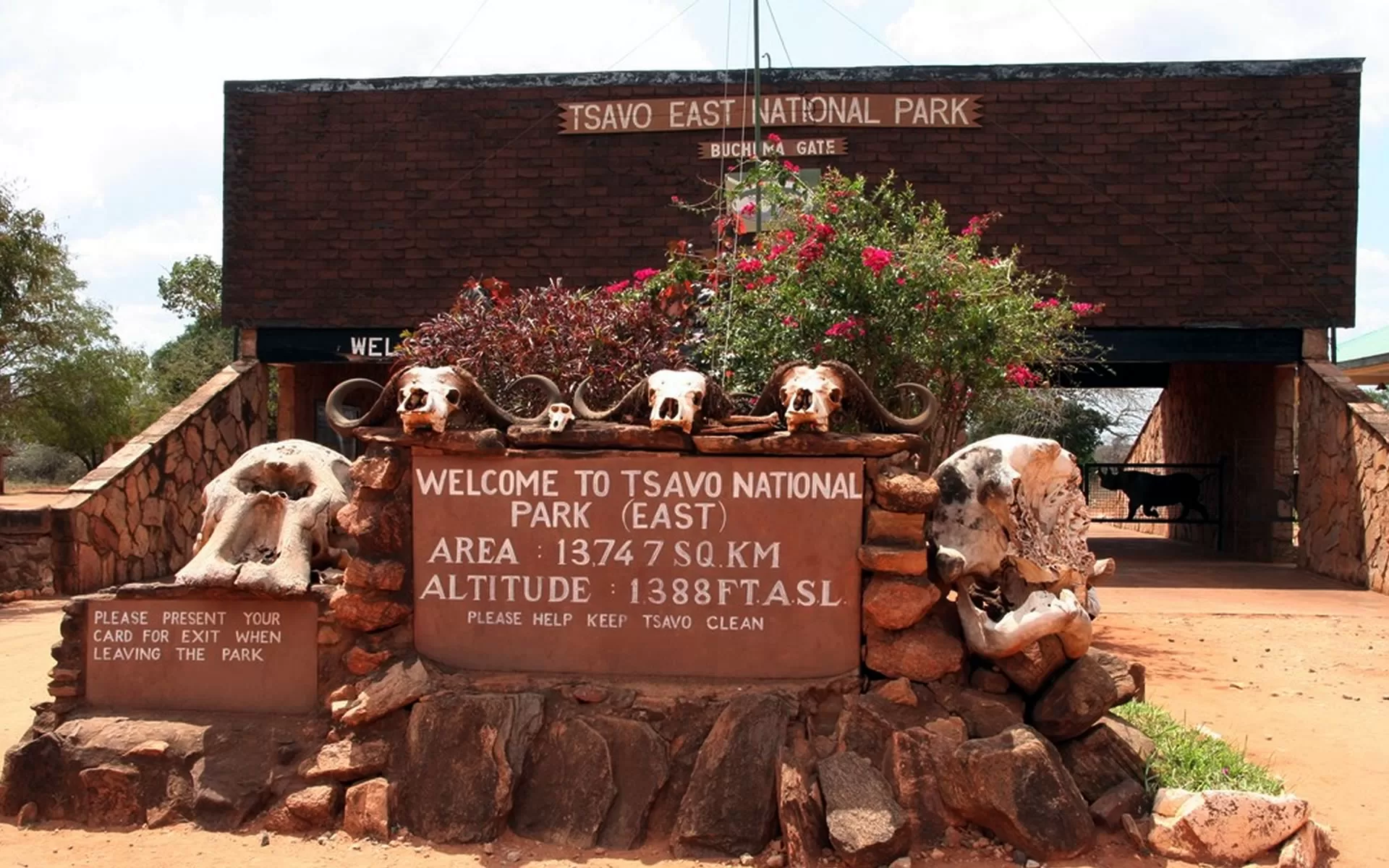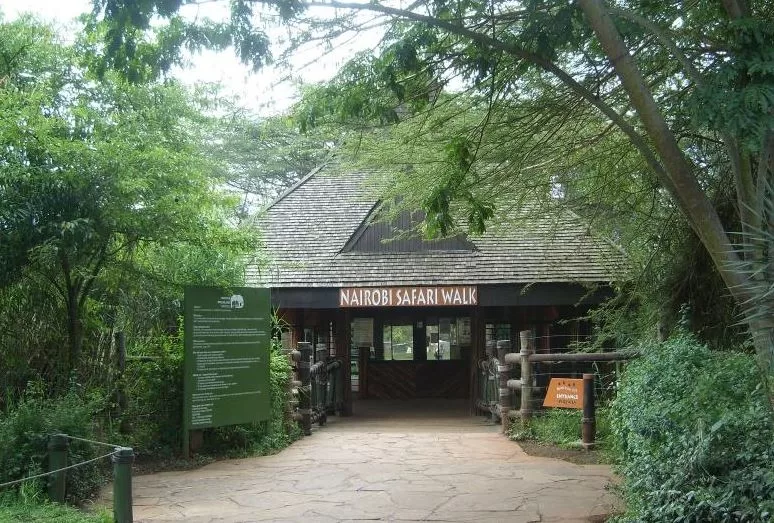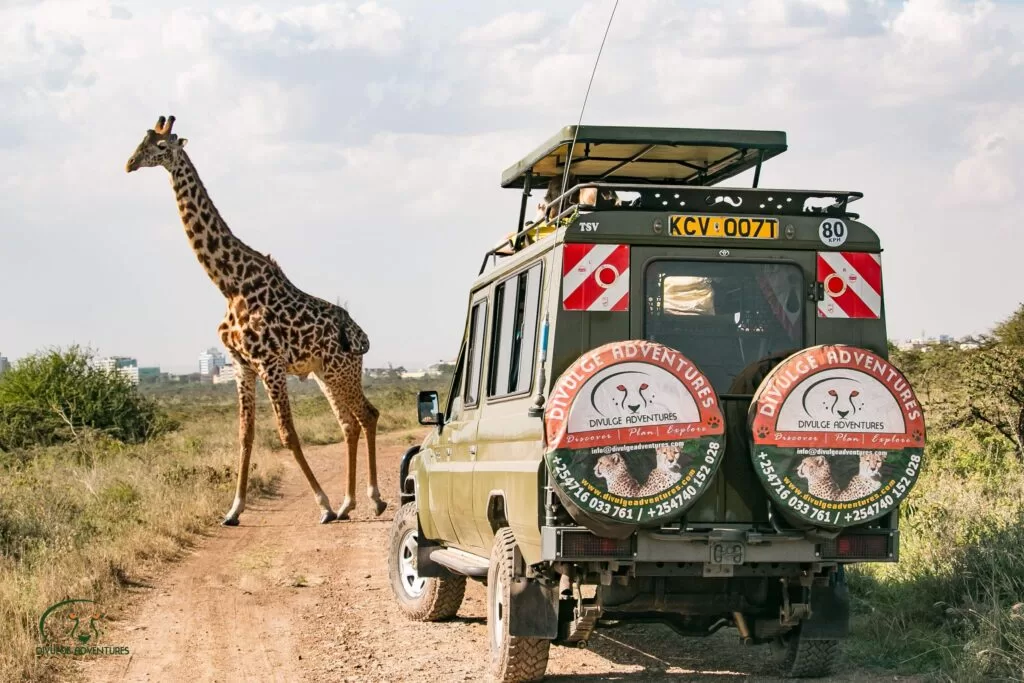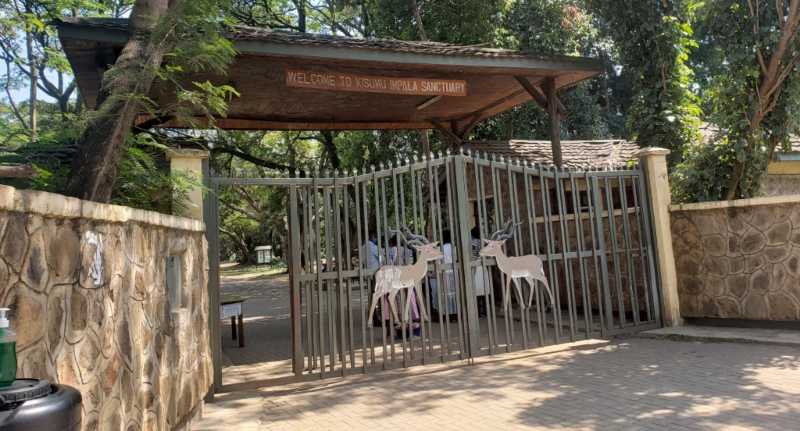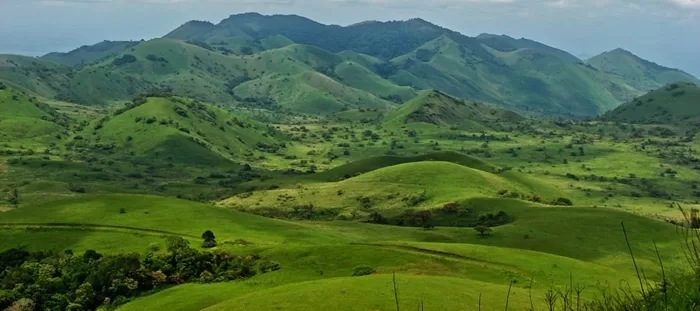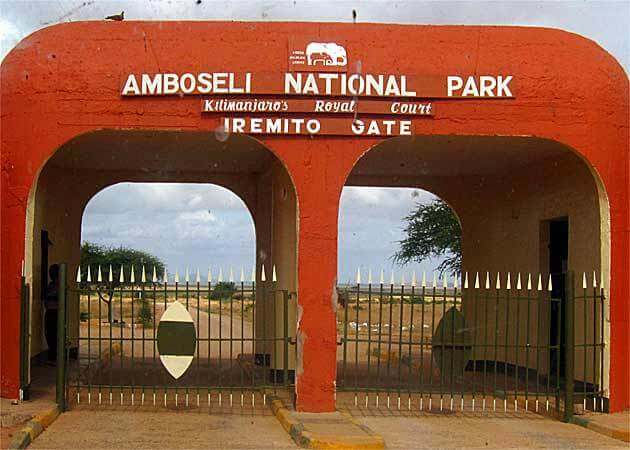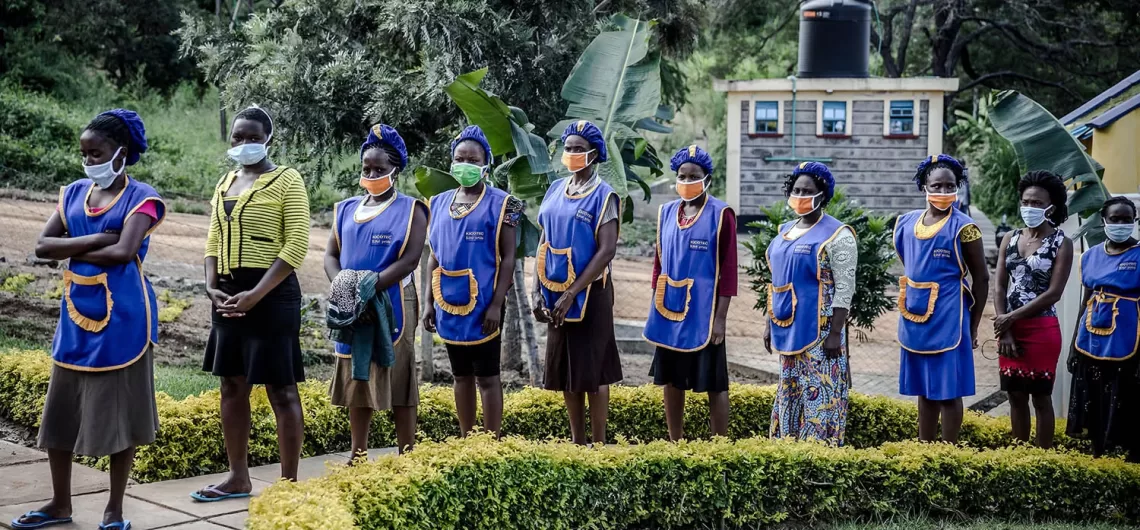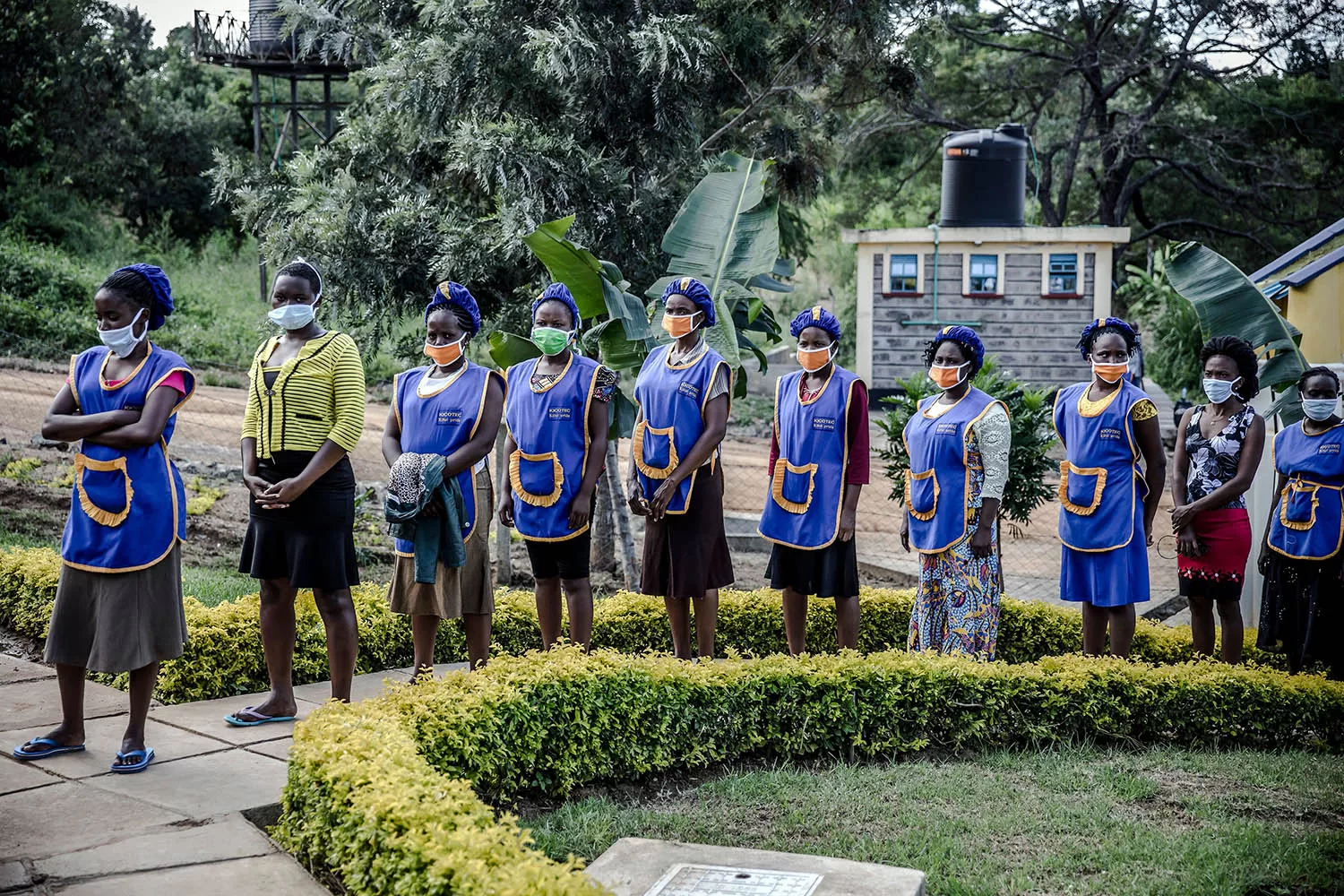Kenya is home to numerous tribes, officially recognized as ethnic groups. The exact number of tribes in Kenya is a subject of debate, as the categorization of ethnic groups can vary.
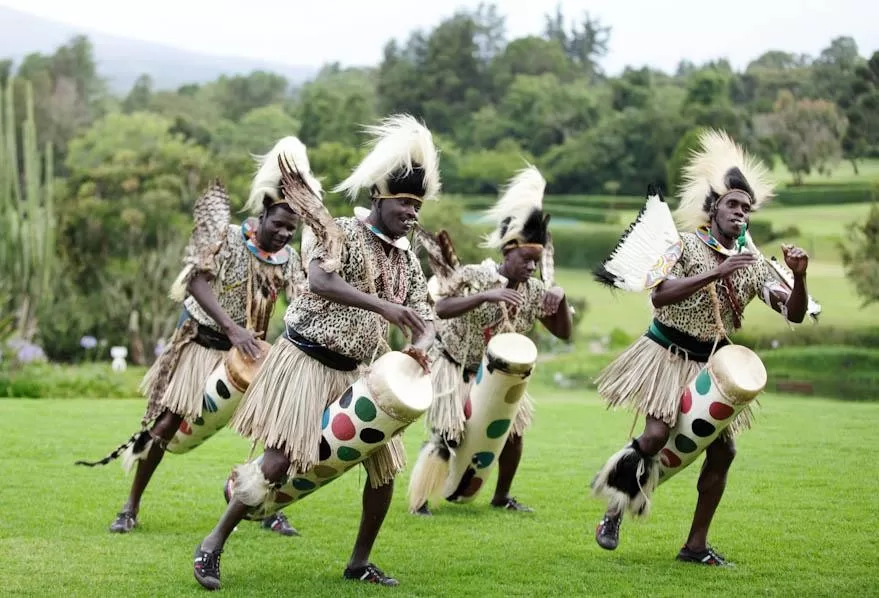
Language groups in Kenya
In Kenya, there are several language groups represented among the various tribes and ethnic communities. These language groups can be broadly categorized into four major language families:
Bantu Languages
Bantu languages are the most widespread language family in Kenya, spoken by the majority of tribes. Some prominent Bantu languages include:
a. Kikuyu: Spoken by the Kikuyu tribe and widely used as a lingua franca in many parts of Kenya.
b. Luo: Spoken by the Luo tribe, mainly in the Nyanza region.
c. Luhya: Spoken by the Luhya tribe, primarily in the Western region.
d. Kamba: Spoken by the Kamba tribe, predominantly in the Eastern region.
e. Meru: Spoken by the Meru tribe in the eastern part of Mount Kenya.
f. Gikuyu: Spoken by the Gikuyu tribe, primarily in the Central region.
g. Kisii: Spoken by the Gusii tribe, mainly in the Gusii Highlands of western Kenya.
h. Embu: Spoken by the Embu people in the Eastern region.
i. Mijikenda: A group of nine closely related languages spoken by various tribes along the Kenyan coast.
Nilotic Languages
Nilotic languages are spoken by several tribes in Kenya, primarily in the western, Rift Valley, and northern regions. Some notable Nilotic languages include:
a. Maasai: Spoken by the Maasai tribe, mainly in southern Kenya.
b. Kalenjin: A group of closely related languages spoken by tribes such as the Kalenjin, Nandi, Kipsigis, and others.
c. Turkana: Spoken by the Turkana tribe in northwestern Kenya.
d. Luo: Apart from being a Bantu language, Luo is also considered a Nilotic language.
Cushitic Languages
Cushitic languages are primarily spoken by the Somali community in northeastern Kenya. The most prominent Cushitic language is Somali.
- Other Language Families: There are a few languages in Kenya that do not fall into the above-mentioned language families. These include:
a. El Molo: Spoken by the El Molo tribe residing near Lake Turkana.
b. Samburu: Spoken by the Samburu tribe, closely related to the Maasai language.c. Rendille: Spoken by the Rendille tribe in northern Kenya.
d. Pokot: Spoken by the Pokot tribe, mainly in the Rift Valley region.e. Swahili: While not specific to Kenya, Swahili is widely spoken as a lingua franca across East Africa and is one of the official languages of Kenya.
Tribes in Kenya
- Abagusii (Gusii)
- Aembu
- Ameru (Meru)
- Arakal
- Bajuni
- Baluhya (Luhya)
- Bantu
- Borana
- Bukusu
- Daasanech
- Digo
- Dorobo
- Duruma
- Embu
- Gabra
- Giriama
- Giryama
- Gweno (Gikuyu)
- Kambe (Giryama)
- Kambe (Giriama)
- Kambe (Kamba)
- Kamba
- Kikuyu
- Kuria
- Luo
- Maasai
- Makonde
- Marakwet
- Masai (Maasai)
- Mijikenda
- Mijikenda (Giriama)
- Mijikenda (Kambe)
- Mijikenda (Kikuyu)
- Mijikenda (Ribe)
- Mijikenda (Wadigo)
- Mijikenda (Wagiriama)
- Mijikenda (Wakauma)
- Mijikenda (Watikuu)
- Mijikenda (Wazigua)
- Mijikenda (Wachonyi)
- Mijikenda (Wakauma)
- Mijikenda (Waduruma)
- Mijikenda (Wagiriama)
- Mijikenda (Wachonyi)
Main Tribes in Kenya
In Kenya, there are several major tribes or ethnic groups that have a significant presence and influence.
- Kikuyu: The Kikuyu tribe is the largest ethnic group in Kenya, predominantly inhabiting the Central region.
- Luhya: The Luhya tribe is the second-largest ethnic group in Kenya, mainly residing in the Western region.
- Luo: The Luo tribe primarily occupies the Nyanza region in western Kenya.
- Kalenjin: The Kalenjin tribe resides mainly in the Rift Valley region.
- Kamba: The Kamba people are found in the Eastern region of Kenya. They are known for their skill in carving, basket weaving, and pottery.
- Maasai: The Maasai tribe is well-known for its rich cultural heritage and pastoral way of life. They inhabit the southern parts of Kenya. The Maasai are recognized for their colorful attire, beadwork, and traditional ceremonies.
- Somali: The Somali community in Kenya resides mainly in the northeastern part of the country, bordering Somalia. They have a distinct language, culture, and nomadic traditions. Many Somalis in Kenya are involved in trade, business, and other economic activities.
- Turkana: The Turkana tribe resides in the northwestern part of Kenya, primarily in Turkana County. They are pastoralists and have a semi-nomadic lifestyle. The Turkana are known for their resilience in harsh desert environments.

